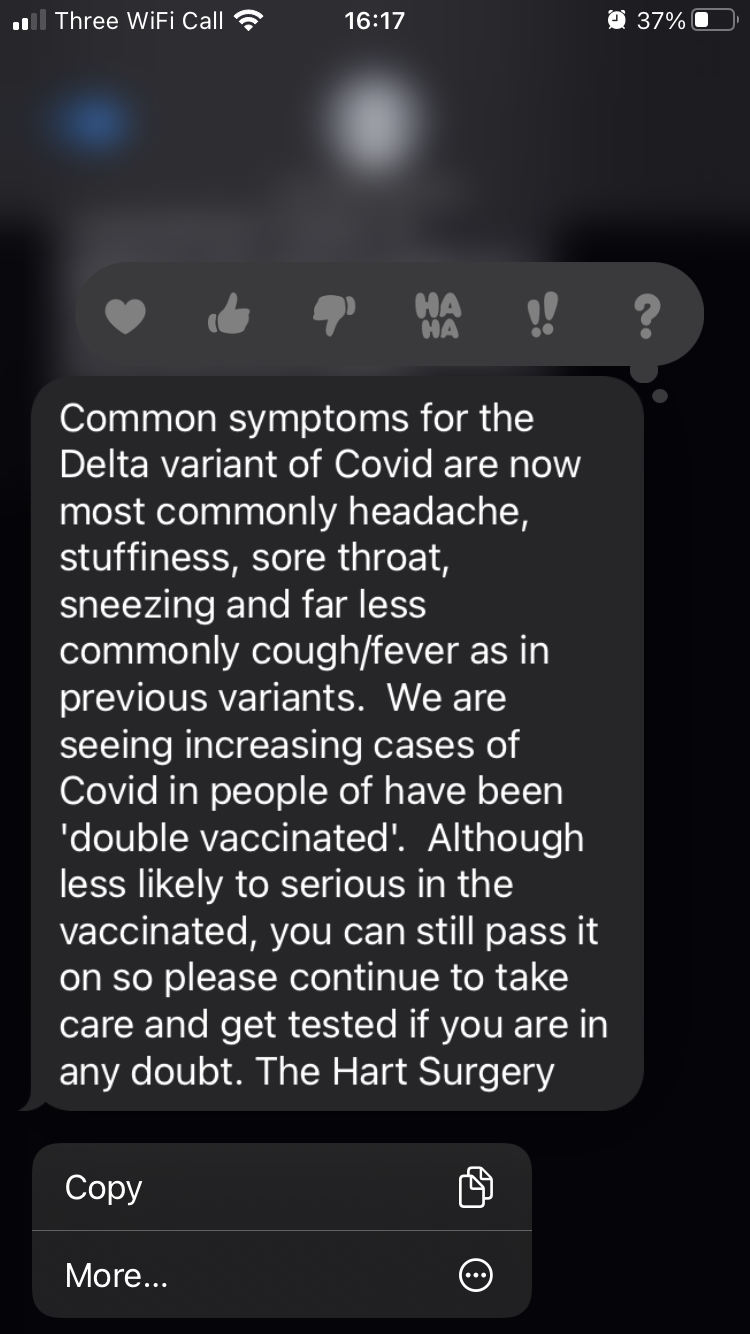The use of price action, volume bars, Level 2 data, and tape reading can certainly contribute to high accuracy scalping strategies. Here’s a breakdown of how these elements play a crucial role:
Price Action: These are the candlestick patterns, trends, and support/resistance levels. By focusing on price action, traders can make decisions based on historical price movements without relying on indicators, which can lag. Key patterns to watch for include double tops/bottoms, head and shoulders, and flags.
Volume Bars: Volume provides insights into the strength of a price move. A price movement that is accompanied by increasing volume is generally considered more valid. Scalpers look for significant volume spikes as these often indicate potential breakouts or reversals.
Level 2: This data provides an order book view, showing bid and ask prices along with order sizes. Level 2 data helps in understanding supply and demand at various price levels. Scalpers look for imbalances—such as a large buyer on the bid or seller on the ask—that may suggest imminent movement in price.
Tape Reading: Also known as time and sales, this reflects real-time transactions. Skilled scalpers use the tape to gauge market sentiment and shifts in momentum by observing changes in trade sizes and speed.
Combining all these elements, a trader can predict short-term price movements with higher accuracy. This approach requires experience and practice, as it involves synthesizing multiple data points quickly under pressure. Traders who have honed their skills in these areas are indeed capable of achieving high accuracy scalps. However, success also depends on market conditions, personal discipline, and risk management.

No responses yet